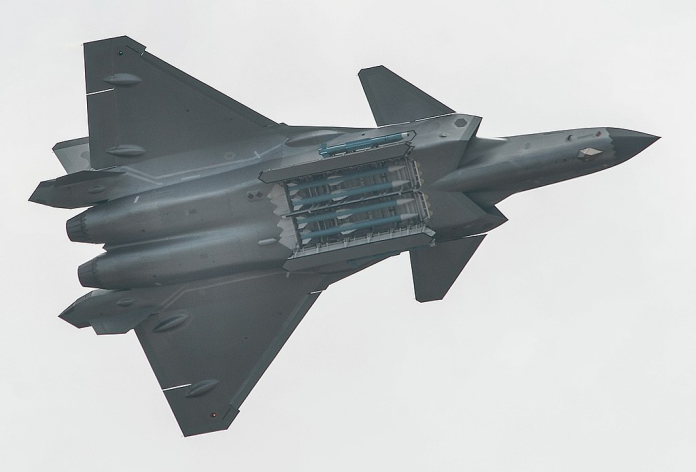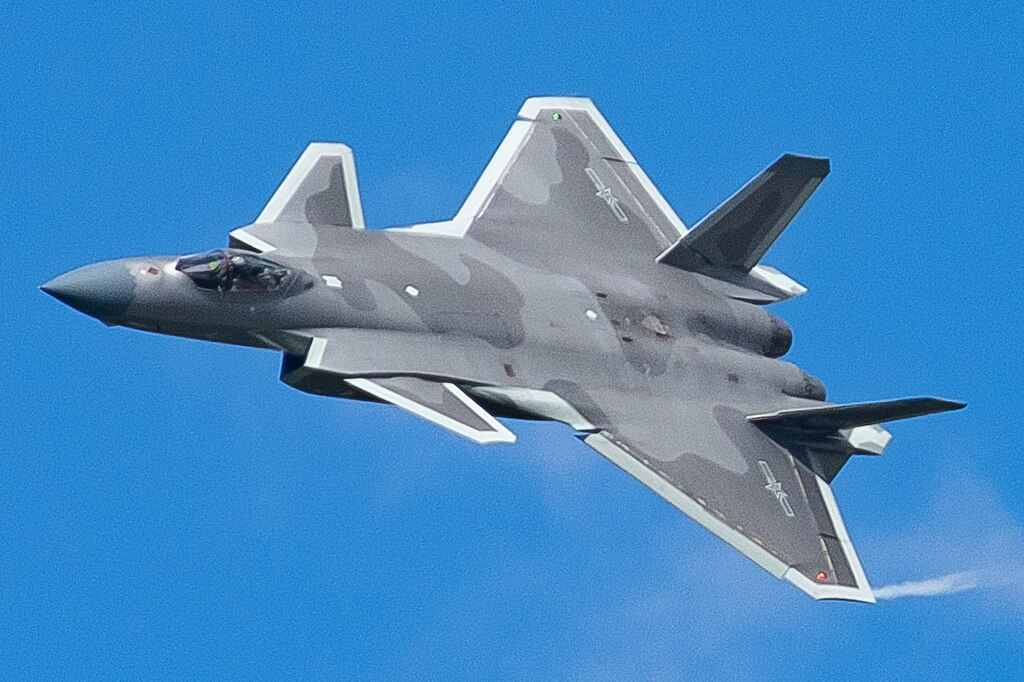
A Cold War aerial battle in the era of Google Maps this is what most defense experts now call China’s J-20 Mighty Dragon vs. America’s F-35 Lightning II. On paper, the J-20 shines with its speed, range, and firepower. But a fifth-generation fighter’s true greatness runs deeper, in the hidden realms of stealth, sensors, and the brains of their pilots.
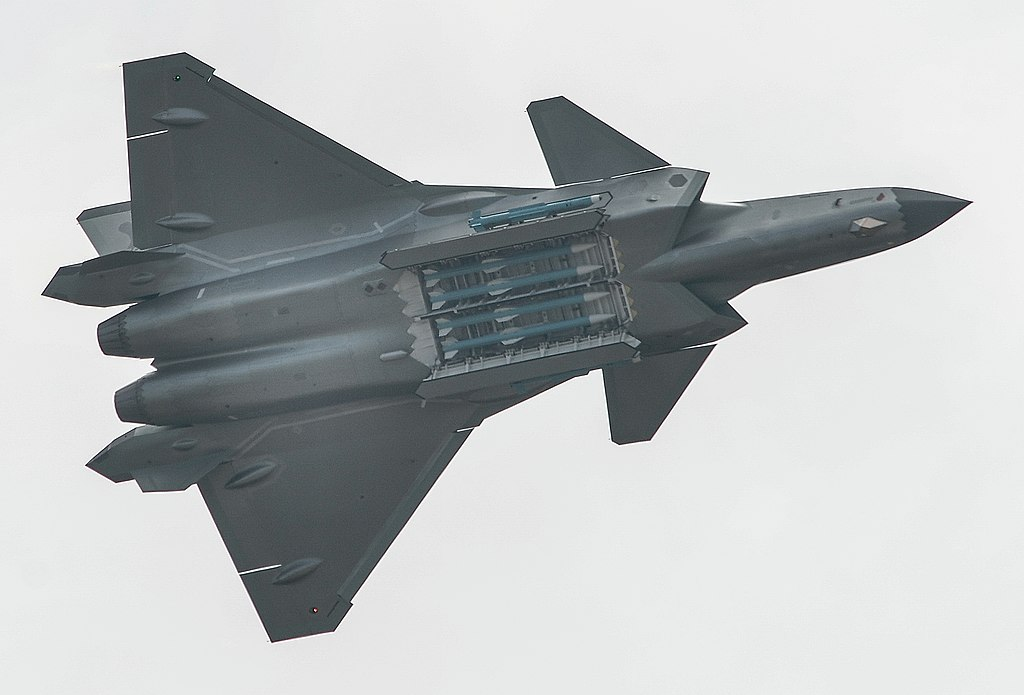
1. The Battle of Design Philosophies
The J-20 and F-35 are both offspring of their respective countries’ unique strategic visions. The J-20, twin-engine heavy, was designed as a long-range air supremacy aircraft, tuned to high speed and long range. Its canard-delta design and spacious internal bays indicate an emphasis on intercepting threats well out to sea and enabling anti-access/area denial (A2/AD) missions. The F-35, conversely, was designed by the U.S. Joint Strike Fighter program, conceived as a single-engine, all-aspect stealth multi-role fighter capable of being the best in air-to-air, air-to-ground, and electronic warfare missions. Its single-engine all-aspect stealth and modular design enable deployment across air force, navy, and marine variants, with a focus on interoperability and flexibility in coalition combat across allied nations.
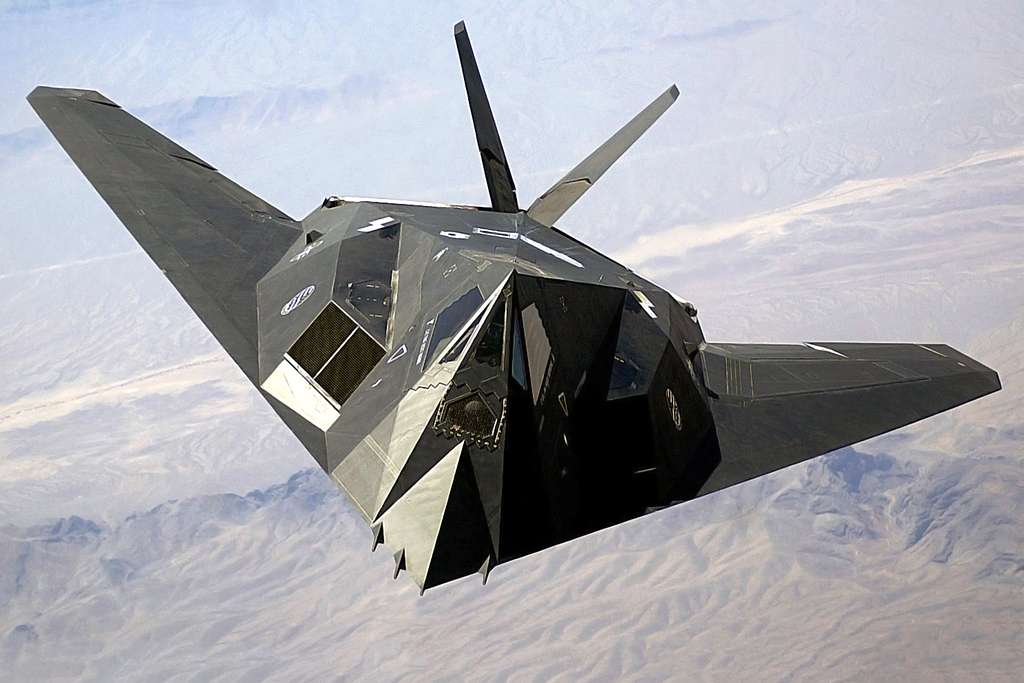
2. Stealth: The Science of Invisibility
Stealth is not merely shaping; it is a symphony of design, materials, and manufacturing precision. The F-35’s radar cross-section (RCS) is commonly given as “that of a metal golf ball,” with an RCS of as low as 0.001 square meters (-30 dBsm). This all-aspect stealth comes from smooth paneling, radar-absorbent coatings, and specially designed exhausts that reduce infrared and radar signatures. In comparison, the J-20’s frontal stealth is believable, but its canards, panel gaps, and exposed rivets detract from its signature, particularly from the sides and rear. A Lockheed Martin engineer noted, “It’s clear from looking at a lot of photos of the plane that the designers don’t necessarily understand all the principles of LO [low observable] design.” The RCS of the J-20 has been compared to first-generation stealth, with General David Goldfein equating it to the F-117 Nighthawk’s 0.269 square feet a factor higher than the F-35 in terms of being detectable.
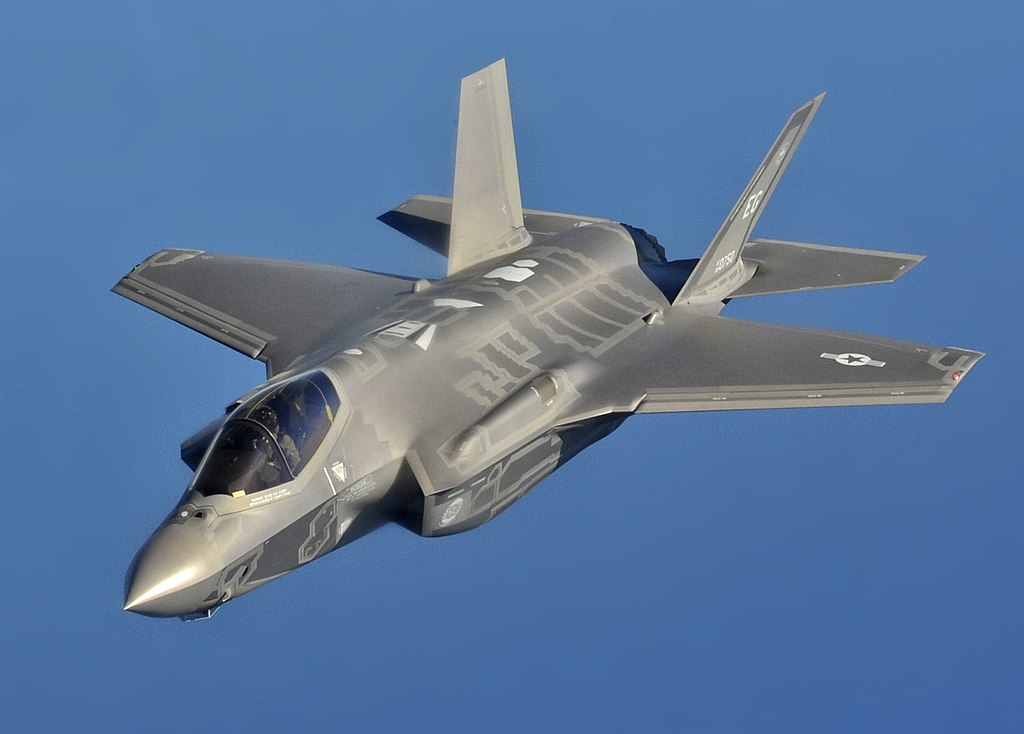
3. Avionics and Sensor Fusion: The Digital Cockpit
Fifth-generation fighters are just about as much flying computers as they are aircraft. The F-35 takes sensor fusion to the next level with its AN/APG-81 AESA radar, Distributed Aperture System (DAS), Electro-Optical Targeting System (EOTS), and suite of electronic warfare sensors all fused into one, simple interface. It enables pilots to act as “battle-space managers almost like a smaller-scale AWACS,” with real-time information streaming straight from satellites and other sources.
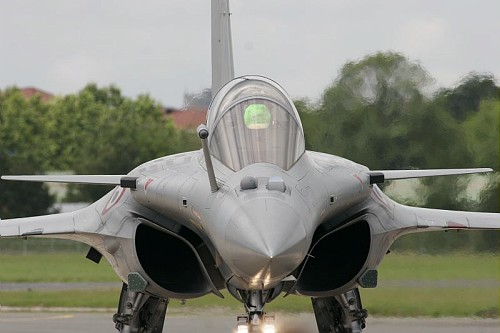
“The pilot can act as a battle-space manager,” a Lockheed Martin engineer said, pointing to the F-35’s groundbreaking philosophy. The J-20, though having its own AESA radar and distributed aperture systems, is said to be behind in actual sensor fusion and net-centric warfare capabilities. Its platforms, while improving at a breakneck pace, still need to achieve the F-35’s smooth integration and real-time information sharing that characterize contemporary air combat.
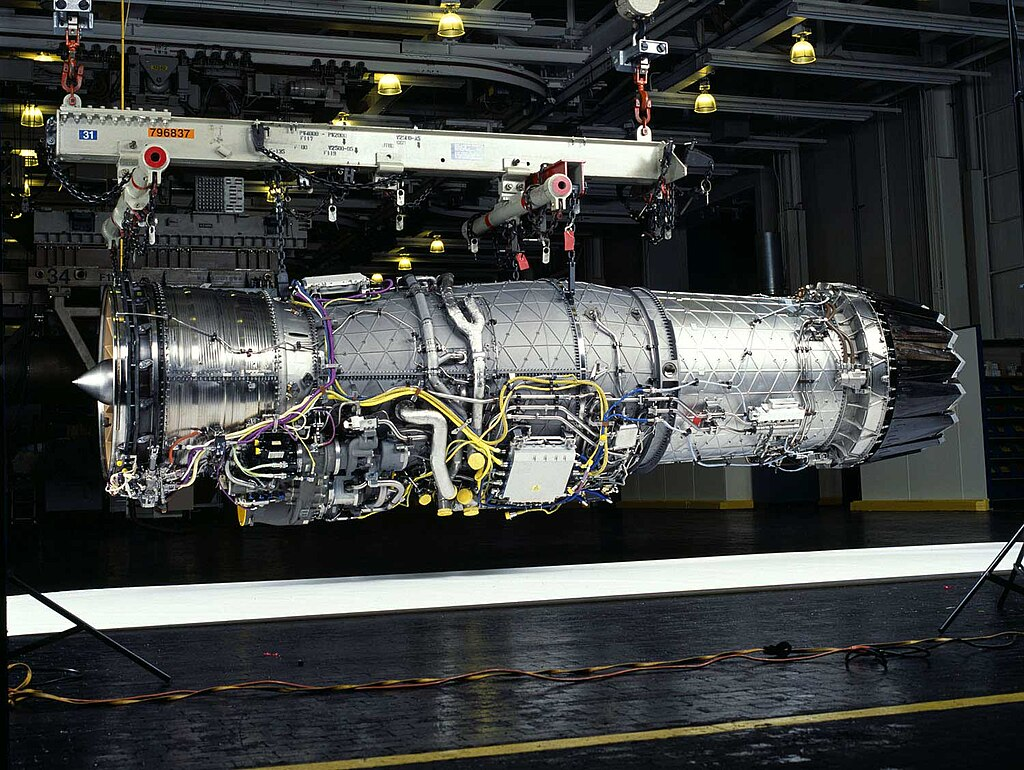
4. Engines and Kinematic Performance
Speed and range are the J-20’s strong suit. With its twin engines recently replaced by the WS-15, produced domestically and which “offers higher thrust than the interim engines, and among other things will allow the J-20 to have even more impressive kinematic performance” the Mighty Dragon is said to be able to get up to Mach 2.0 and enjoy a combat radius of nearly 2,000 miles. The F-35 Pratt & Whitney F135 engine, which generates more than 40,000 pounds of thrust, provides a top speed of Mach 1.6 and a combat range of approximately 1,380 miles. Yet, the F-35 engine is designed for stealth, for reliability, and for thermal management to enable operations in future threat environments. The J-20’s past dependency on Russian AL-31 engines restricted its maneuverability and supercruise, yet the WS-15 represents an improvement albeit one where experts continue to see it as “likely to be inferior in performance to its American equivalent” in terms of readiness and integration.

5. Weapons and Mission Flexibility
The J-20 has a larger internal payload capacity, as much as 12,000 pounds, and can accommodate long-range PL-15 air-to-air missiles, which could possibly outrange the F-35’s AIM-120 AMRAAM. Its wide weapon bays also support carriage of precision air-to-surface missiles and, at some point in the future, potentially hypersonic weapons. But the J-20 does not have an internal cannon, reducing its effectiveness in close-in dogfights and ground attack missions. The F-35, with an internal payload of approximately 5,700 pounds but a total capacity of 18,000 pounds when employing external hardpoints, is equipped with a 25-mm GAU-22/A cannon and a comprehensive range of precision-guided weaponry. Its capability to effortlessly transition from air-to-air, air-to-ground, and electronic warfare missions forms the basis of its status as an honest multi-role fighter in contemporary combat.
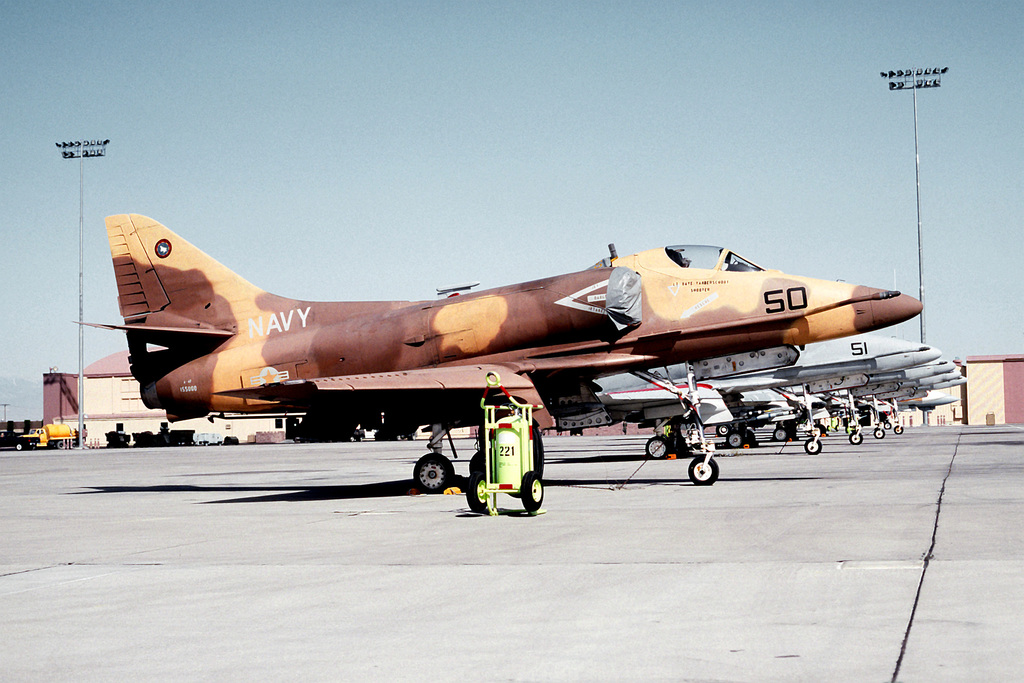
6. Operational Experience and Pilot Training
Maybe the most significant determinant is not in any technical manual but in the cockpit. The F-35 pilots have decades of combat experience built up between them, leveraging the U.S. Air Force Weapons School and the Navy’s “TOPGUN” program. The F-35 is more than a decade in production and already operational with multiple nations, pointed out a defense analyst, highlighting its interoperability across the globe and combat history in the real world. The J-20, on the other hand, has never been to combat. Although the People’s Liberation Army Air Force has spent considerable time on training and exercises, its pilots “still lack the capability to cope with constantly changing battlefield environments and make independent decisions in the heat of the moment.” Institutional roadblocks and a micromanaging culture from ground controllers have been identified as ongoing issues, with one RAND report indicating, “developing genuine pilot autonomy in unscripted events takes decades to develop” and requires a training system that rewards frank examinations of errors.
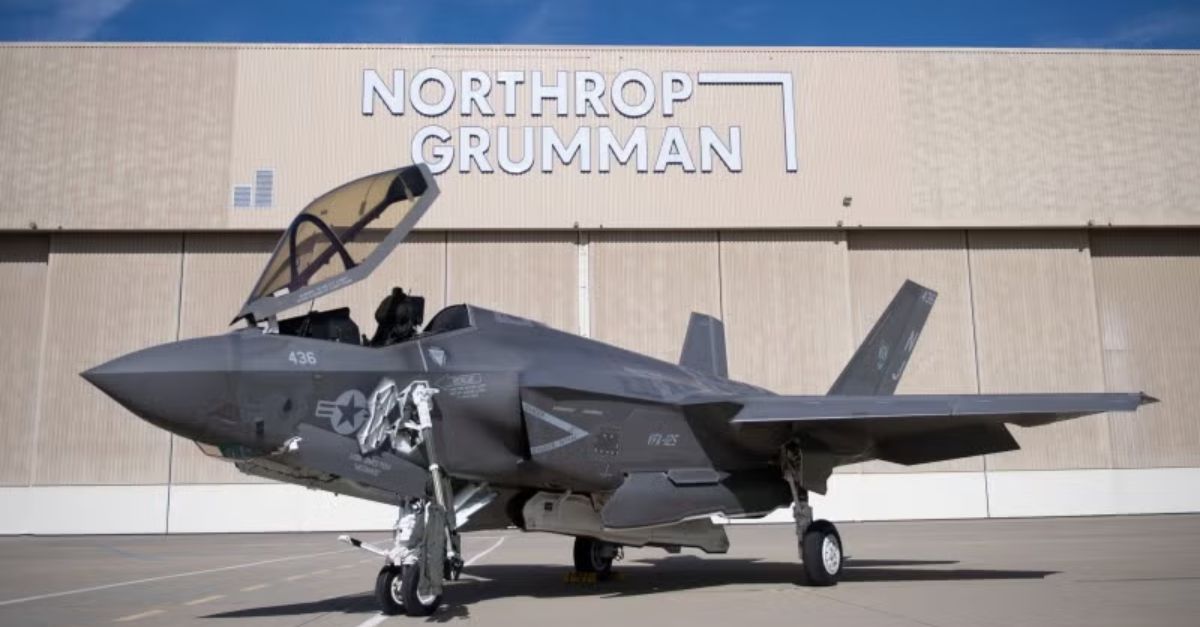
7. The Future: AI, Upgrades, and the Next Generation
Both the planes are changing fast. The J-20 program is using artificial intelligence to speed up design, streamline maintenance, and improve electronic warfare functions. AI will be at the center of flying semi-autonomous UAVs that can fly alongside the J-20 in future missions. Every new generation of J-20s brings major advances, from less curved cockpit canopies to upgraded engines and greater fuel capacity. The F-35, on the other hand, keeps getting software and hardware updates, such as the new AN/APG-85 radar and AIM-260 missiles, keeping it on the technological forefront. As both fleets expand and evolve, the competition between them will increasingly depend on their capacity to incorporate new technologies, develop tactics, and prepare future generations of pilots for 21st-century air warfare.
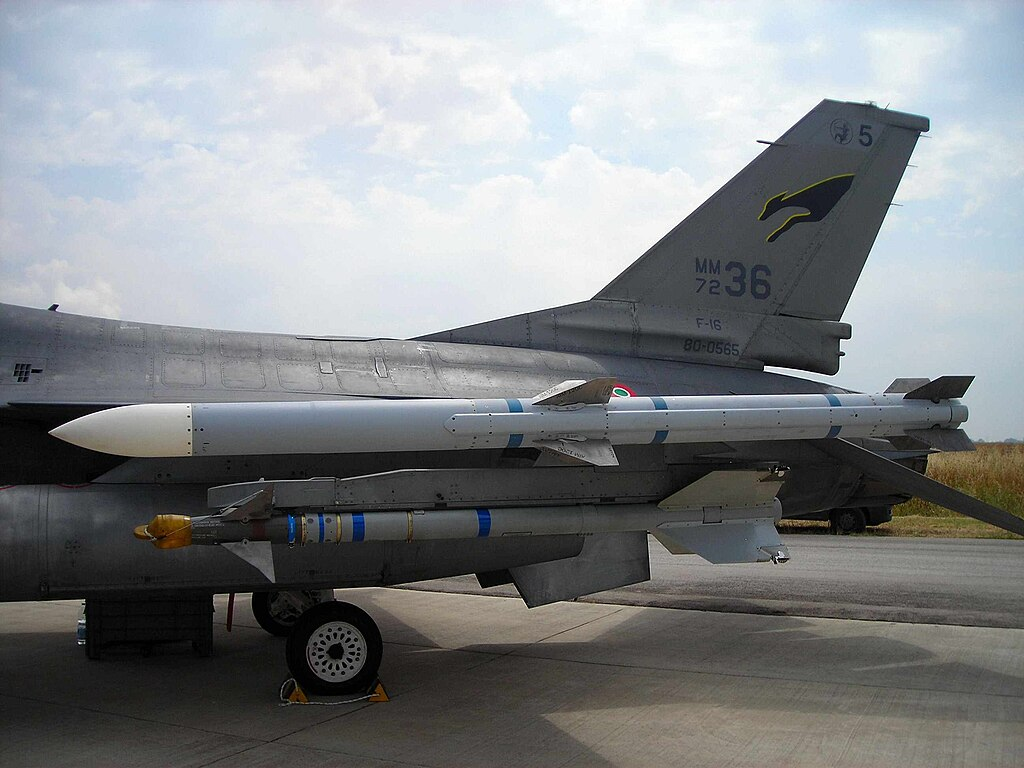
The competition between the F-35 and the J-20 is not one of engineering only but also an expression of national aspirations, technology ecosystems, and the changing art of aerial warfare. To defense specialists and aficionados, the decision remains as much about the unseen algorithms and precepts as it is about thrust, velocity, or stealth.
